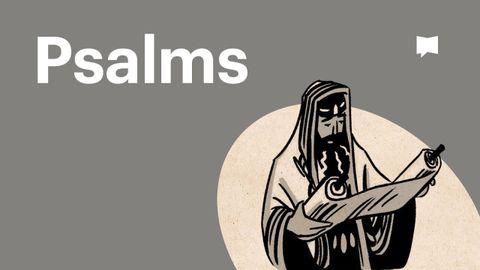
Subtitles & vocabulary
Read Scripture Series: Psalms
00
sophia posted on 2017/01/21Save
Video vocabulary
profound
US /prəˈfaʊnd, pro-/
・
UK /prə'faʊnd/
- Adjective
- Requiring deep thought; difficult to understand
- Showing a lot of deep thought or understanding
B1
More ancient
US /ˈenʃənt/
・
UK /'eɪnʃənt/
- Adjective
- Very old; having lived a very long time ago
- Relating to a period in history, especially in the distant past.
- Noun
- A person who lived in ancient times.
A2
More metaphor
US /ˈmɛtəˌfɔr, -fɚ/
・
UK /ˈmetəfə(r)/
- Noun
- Imaginative use of words to reveal a similarity
B1
More explore
US /ɪkˈsplɔr/
・
UK /ɪk'splɔ:(r)/
- Transitive Verb
- To examine something in detail to learn about it
- To travel to a place to discover more about it
A2TOEIC
More Use Energy
Unlock All Vocabulary
Unlock pronunciation, explanations, and filters
